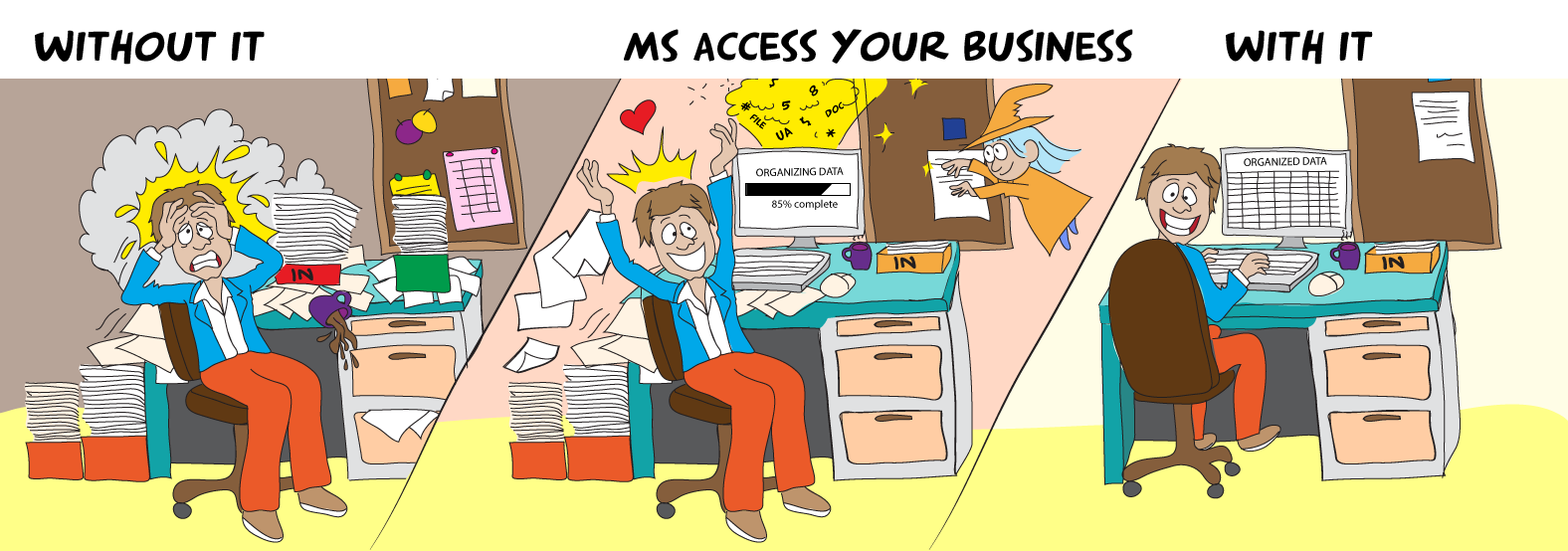dibblermail
Member
- Local time
- Today, 21:57
- Joined
- Jan 10, 2025
- Messages
- 64
Hi, I'm very new to vba in Access but have dabbled in Excel for some time.
I'm in Access 2016 (through office 365).
I have a large slow spreadsheet over multiple sheets with lots of VBA which we use to manage our jobs & I'm remaking it in access.
This section is a main form which will have multiple sub forms (25 sub forms in total). They are for Invoice 1, 2, 3... to 25.
The data in each sub form is repeating (dates, descriptions, etc), but the answers are unique to that Invoice number.
I have Subform1, & SubformTable1 working & the code written to control them.
All the naming in the table & form ends in a "1". The Subform2, & SubformTable2 naming will all end in a 2, and so on.
Each subform has about 40 objects (and therefore 40 table entries)
How do experienced people create the other 24 versions?
Duplicating the tables & renaming the fields is fairly quick & easy
Renaming the code will be slow, but it's not massively time consuming (about 200 lines per subform)
Manually renaming/repathing each subform will take forever; I've come to the conclusion it's probably quicker to remake each subform from its table!
I'm I missing a trick? Or is it man up & get on with it?
I'm in Access 2016 (through office 365).
I have a large slow spreadsheet over multiple sheets with lots of VBA which we use to manage our jobs & I'm remaking it in access.
This section is a main form which will have multiple sub forms (25 sub forms in total). They are for Invoice 1, 2, 3... to 25.
The data in each sub form is repeating (dates, descriptions, etc), but the answers are unique to that Invoice number.
I have Subform1, & SubformTable1 working & the code written to control them.
All the naming in the table & form ends in a "1". The Subform2, & SubformTable2 naming will all end in a 2, and so on.
Each subform has about 40 objects (and therefore 40 table entries)
How do experienced people create the other 24 versions?
Duplicating the tables & renaming the fields is fairly quick & easy
Renaming the code will be slow, but it's not massively time consuming (about 200 lines per subform)
Manually renaming/repathing each subform will take forever; I've come to the conclusion it's probably quicker to remake each subform from its table!
I'm I missing a trick? Or is it man up & get on with it?


